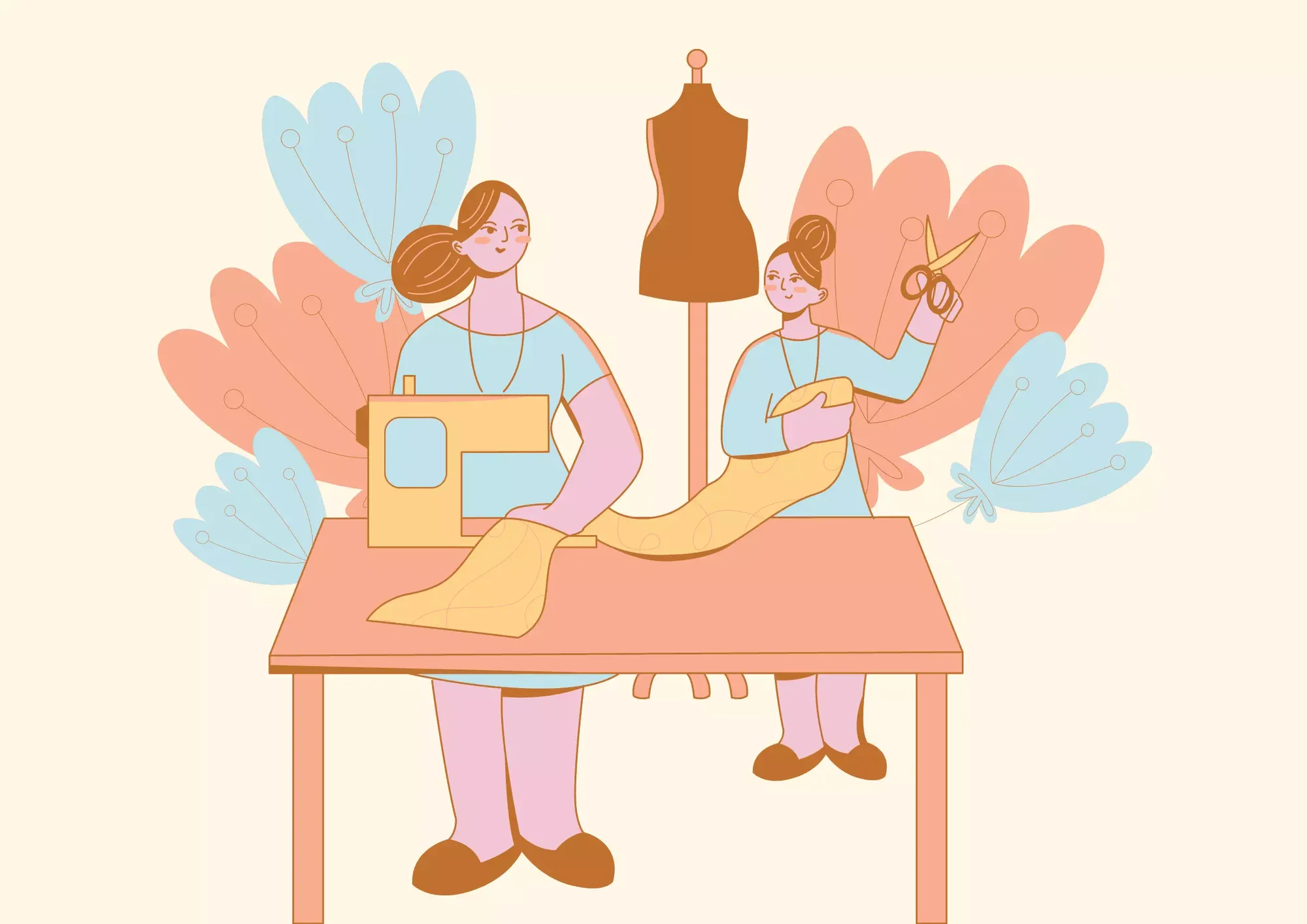What's Pleather? Artificial Vegan Leather Explained
In the vegan community, leather often gets a bad reputation as it is considered a taboo material. Many vegans refuse to consume any leather products, as leather is considered a symbol of animal exploitation.
As a result of this general view, and the ethical concerns that many people have about natural leather, many brands, and fashion houses have started using vegan leather to manufacture clothing items. These are marketed as being ethical, but more often than not, many other environmental concerns are surrounding the use of leather alternatives.
Of course, not all artificial leather is created equal, and there are many different types of substitutes out there. One of the most common types is pleather - or plastic leather. Pleather is a versatile material that closely resembles real leather, and you can make anything from handbags, skirts, jackets, moto vests, and shoes with it. Essentially, anything you can make out of regular leather, you can make out of pleather.

What is Pleather?
Pleather is a type of artificial leather made using polyurethane, which can be worn as an alternative to animal skin. The word "pleather" is an amalgamation of plastic and leather. It's also referred to as vegan leather as it doesn't contain any materials from animals (although some pleathers do feature additives that are derived from animals).
The material is typically quite thin and soft. Unlike real leather, pleather does not age as well as real leather and will wear down over time, especially if it's frequently used. Pleather also doesn't breathe as well as other fabrics and may feel sticky to the touch when wearing it in hot weather conditions.
However, some modern pleathers are made with improved technologies to make them feel more like real leather.
Pleather vegan shoes and boots are fast becoming a popular choice for individuals who wear animal leather products. The shoes and boots feature the same aesthetics as their traditional counterparts and look almost identical to real leather boots.
Many individuals choose to wear pleather vegan shoes and pleather vegan boots as it's much more cost-effective than purchasing real leather shoes, which can be very expensive. The material is also easier to maintain and doesn't require any specific care instructions to look good.
Pleather vs Leather - What's The Difference?
Many people who are passionate about veganism will argue that pleather shoes and boots aren't ethical, even though they're vegan. This is because they're still mostly almost made from plastic which is still a non-biodegradable material.
On the other hand, leather is animal skin, which means that, by its nature, it comes from an animal and should be fully biodegradable (though this is not always the case). However, there are other environmental concerns related to leather production, such as the tanning process which involves heavy usage of the toxic chemical - chromium. This enters our waterways and can cause chronic illnesses in both the animal and the human population.
However, most pleathers also have additives derived from animal skin or chemical treatments applied to them during their production process. While this is not the case for all pleathers, there are many vegan leather alternatives on the market that contain ingredients derived from animals.

Pleather - Sustainability and Ethics
It's important to remember that this is not an ethical debate about which material is better - it's more of a nuanced conversation about which material causes less harm to the environment.
As an example, if you had to choose between wearing pleather boots or real leather boots in the winter, there isn't a clear-cut winner because most people don't have access to information about where certain materials are sourced from. This means that they're likely buying their materials based on availability and price rather than ethics. So if their budget means they have to buy pleather, and the shoe manufacturer is not transparent about its product sourcing or manufacturing processes, then this isn't an ethical choice - it's a matter of affordability.
In addition to all this, Pleather vegan shoes and boots aren't necessarily more comfortable than real leather shoes. As discussed above, pleather doesn't usually breathe as well as other materials. However, some manufacturers are experimenting with new ways to make pleather more breathable.
Another problem is where the boots are manufactured. Most pleather vegan shoes and boots are made in China or East Asia, where environmental regulations aren't enforced as they would be in North America or Europe. This means that the manufacturing facilities might not have the same standards as those in North America or Europe.
In some cases, the tanning process that re-skins animal hides may be done in an unhygienic environment, without appropriate measures to protect workers from infections. This has led to many countries requiring manufacturers to meet certain standards for their boots to be sold in their country.
Pleather is made from polyurethane, which is a petroleum-based plastic, meaning it's made from non-renewable resources. Polyurethane will not biodegrade and therefore won't have a positive environmental impact if disposed of incorrectly.
To reduce the negative impact on the environment, pleather vegan shoes and boots should be recycled. Most shoe manufacturers will collect used boots and shoes for recycling, so this is something to look out for when buying pleather vegan shoes or boots.
Of course, if you can guarantee that your pleather was sourced from a sustainable factory where workers are given adequate environmental protection equipment, then recycling may not be necessary - but it still helps to know that the product has been manufactured ethically and with minimal environmental impact.

